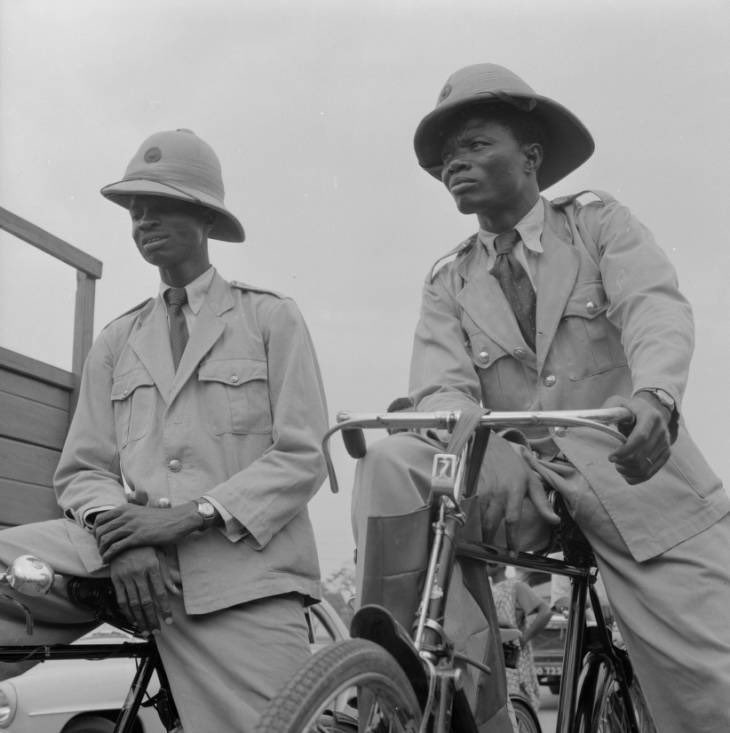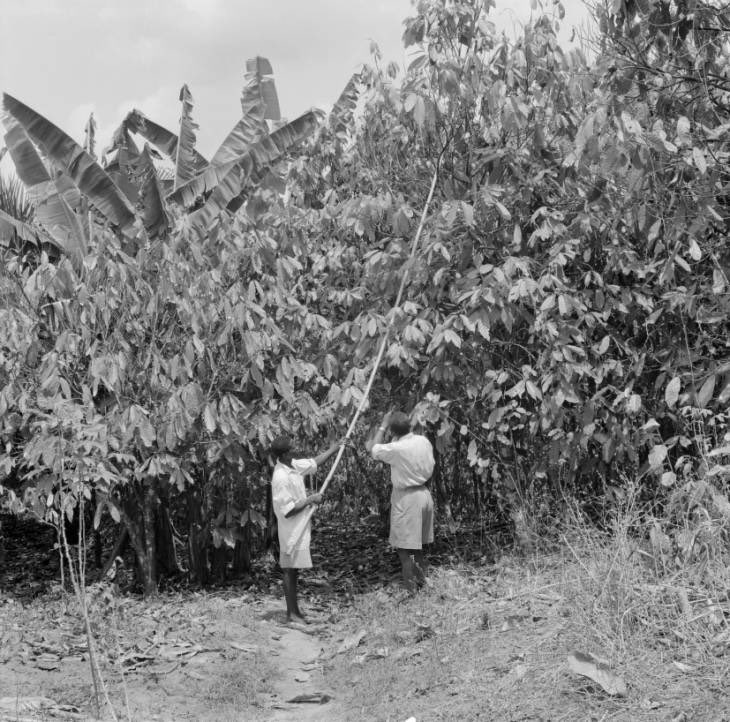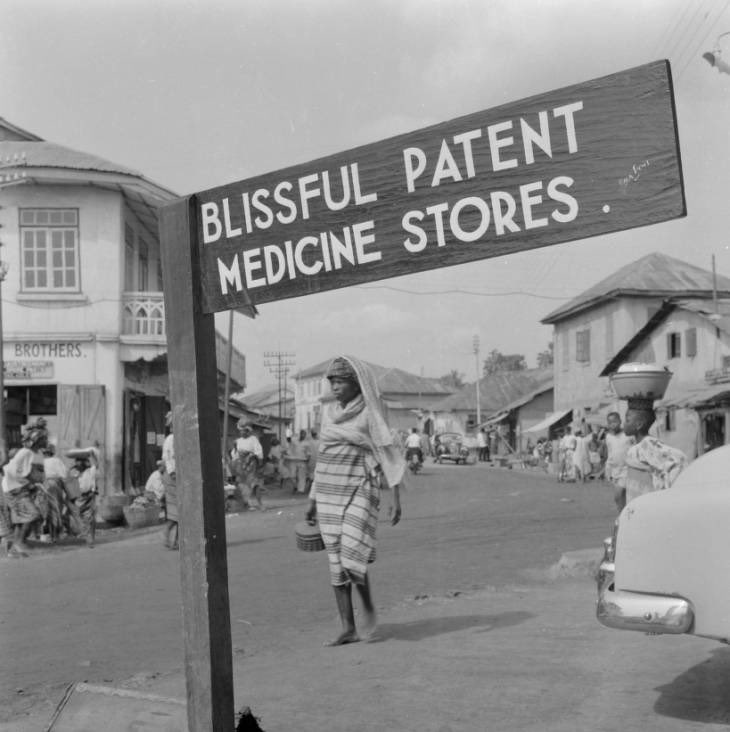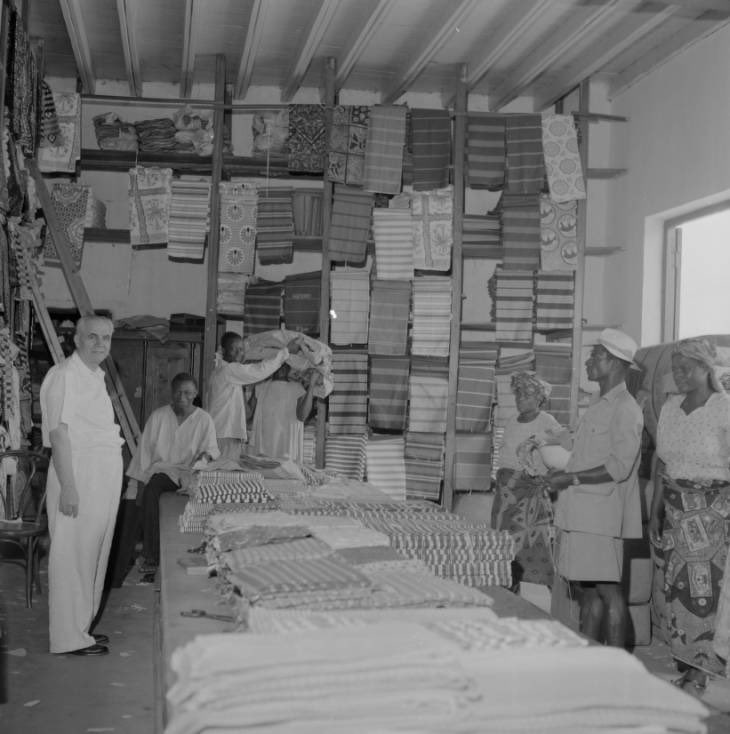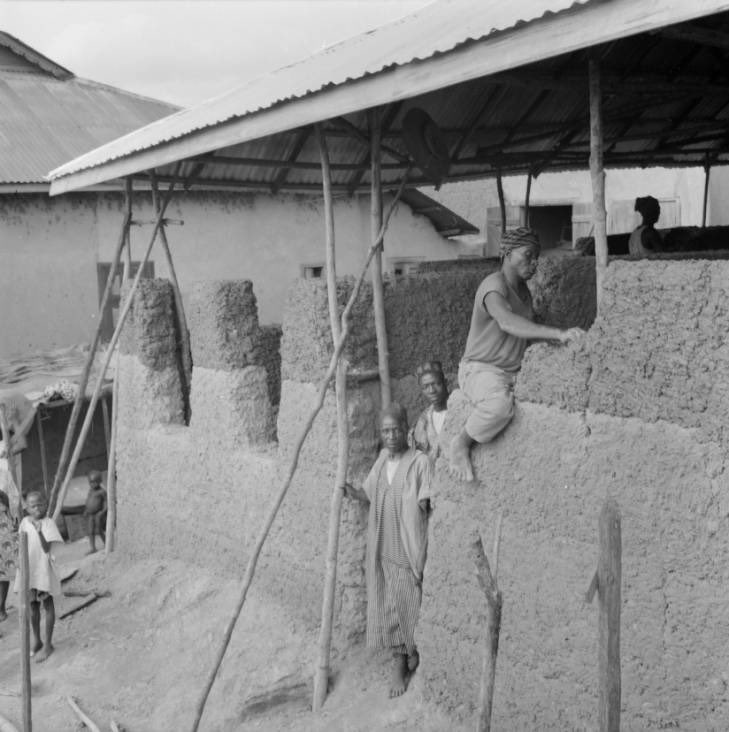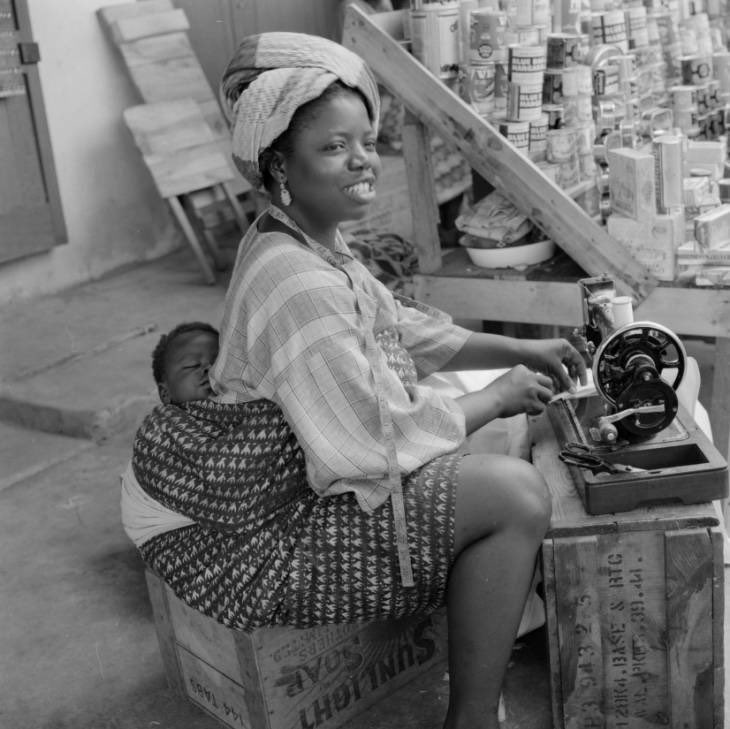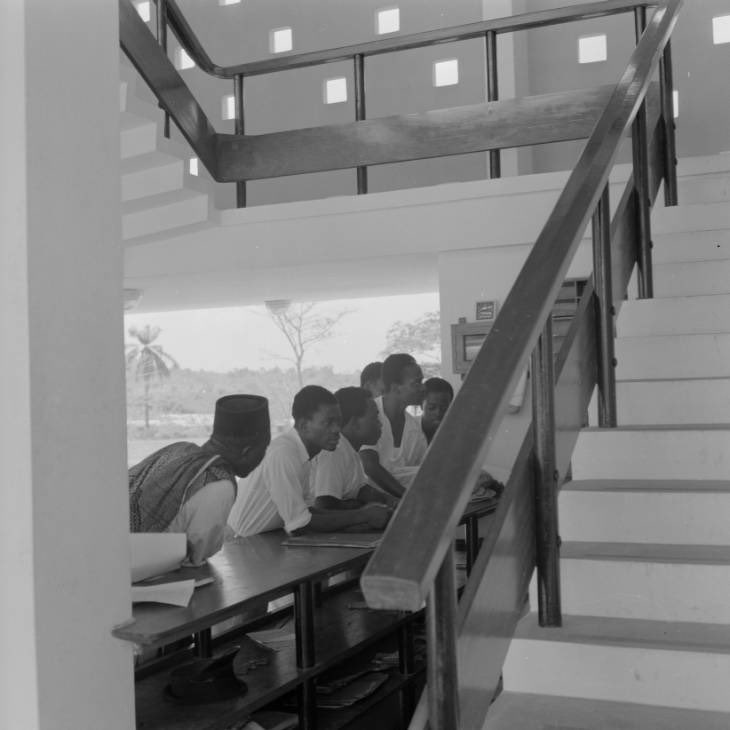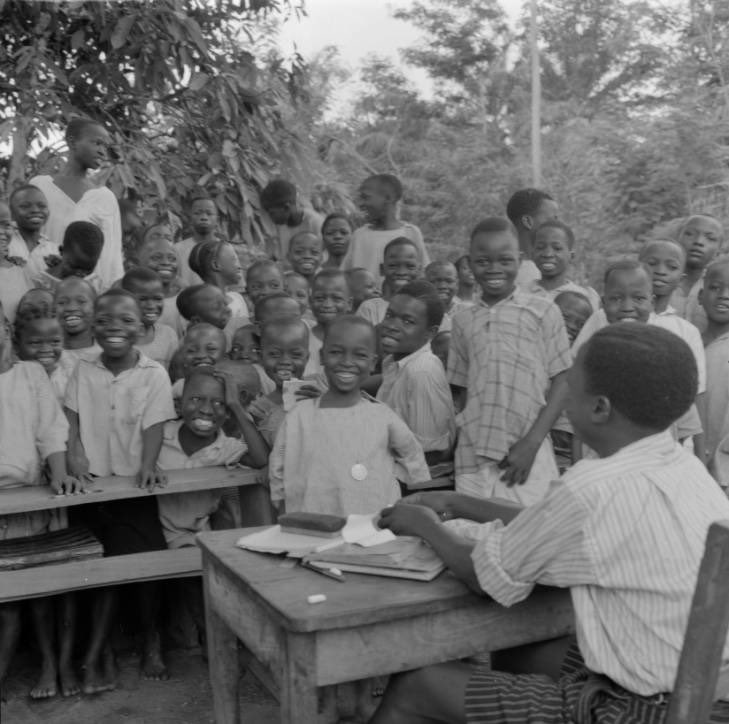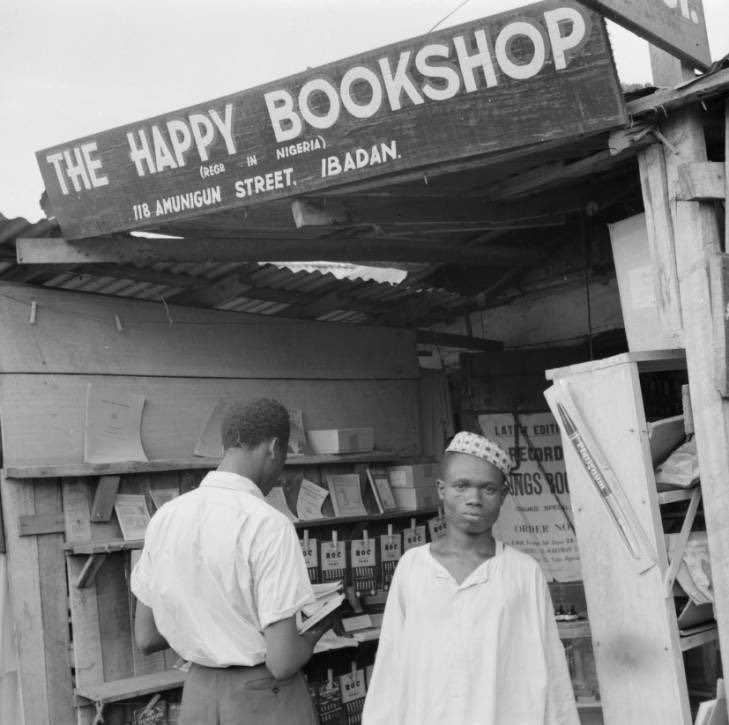“Ibadan, not before 1948.”
Eugene V. Harris was an American photographer who spent 10 years traveling the world, documenting lives in photographs. He spent time in Nigeria, visiting Lagos, Ibadan & Kano.
Here’s a selection of photos showing life in Ibadan, “not before 1948.”
Eugene V. Harris was an American photographer who spent 10 years traveling the world, documenting lives in photographs. He spent time in Nigeria, visiting Lagos, Ibadan & Kano.
Here’s a selection of photos showing life in Ibadan, “not before 1948.”
Ibadan is a traditional Yoruba city; people lived in the city and worked mainly on farms in outlying villages and hunted in the forests.
Ibadan was also a large center of commerce traditionally. Petty trades as well as large commerce were common occupations.
By the turn of the 19th century it started acquiring the status of an aggregation center for the growing trade in cocoa beans.
...new jobs were created in the trade, one of which was the job of ‘Produce Inspector,’ a sort of quality assurance function that validated the specifications and physical quality of the cocoa beans meant for export. The produce inspector job was quite a big job then.
Cocoa was so central to the wealth of the Western Regional Governement, that it was to ultimately invest in the establishment of a Cocoa Research Institute.
With the wealth derived from the cocoa trade, there began a noticeable effect on life in Ibadan. Commerce gradually changed to trade in imported items as well as new local manufactures.
There was also growth in the textile trade, then dominated by Lebanese immigrants and settlers.
They were involved not only in wholesale but retail distribution, through female distributors who would then employ young ladies in apprenticeship, to carry textile to the customers.
They were involved not only in wholesale but retail distribution, through female distributors who would then employ young ladies in apprenticeship, to carry textile to the customers.
All these meant a general growth of wealth, demonstrated by greater time for leisure, middle class living and the replacement of traditional thatched roofs with tin roofs.
New skills came into demand and mobile sewing services became popular; to mend a tear, fix a broken button etc. The professional Sewing Mistresses were totally different from these itinerant sewing ladies.
With the establishment of the Richard Constitution in 1946, Ibadan became the regional capital of Western Nigeria. This brought many opportunities. The University College of Ibadan was established in 1948 and soon moved to its permanent site a few years later.
Self government came in the early ‘50s and with it, Awolowo’s Action Group government’s belief in education and its liberating values. The result was the acclaimed universal free education that saw school enrollment soar.
The university, combined with this focus on education made Ibadan to gradually become the center of the book trade in Nigeria.
Many small booksellers sprung up around the offices of Oxford University Press in Amunigun area. That street remains the seat of bookselling till date.
Many small booksellers sprung up around the offices of Oxford University Press in Amunigun area. That street remains the seat of bookselling till date.
It’s not certain precisely when these photos were taken. What is sure is that it was “not before 1948.”
They are a veritable treasure trove of life in the past.
Source: The full file of 137 photographs, is in the AGSL Collection at University of Wisconsin-Milwaukee Libraries.
They are a veritable treasure trove of life in the past.
Source: The full file of 137 photographs, is in the AGSL Collection at University of Wisconsin-Milwaukee Libraries.
Text: @YorubaHistory

 Read on Twitter
Read on Twitter









